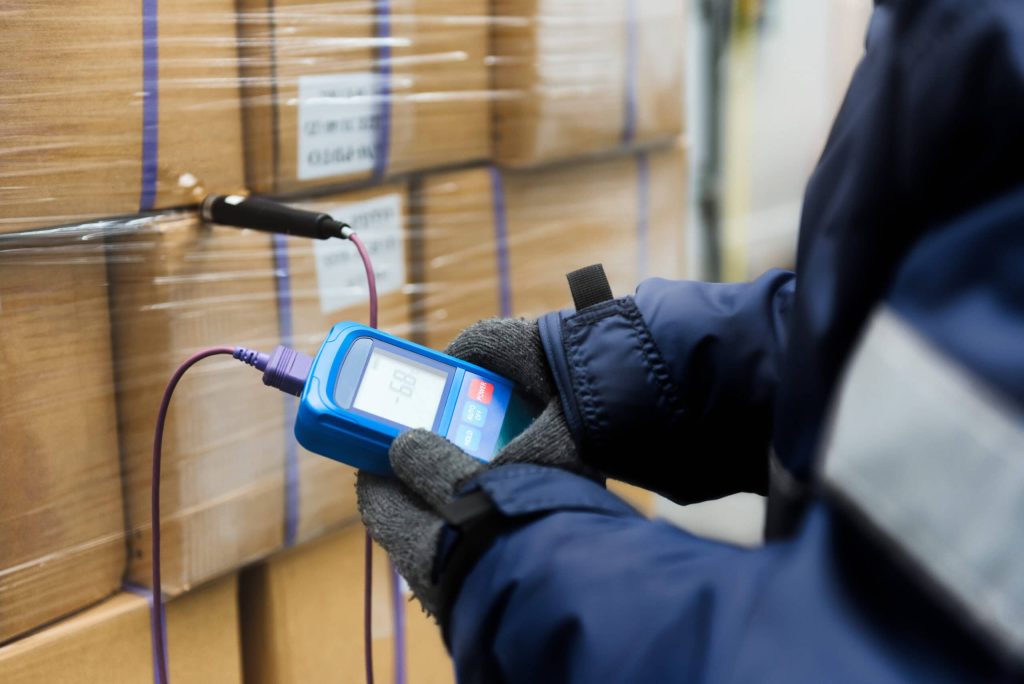Cold storage warehouses are utilized for storing products that require temperatures to be controlled from the time they are created, and until they reach their customers. This requires a specialized workforce that faces many specific risks.
The dangers include illnesses like hypothermia and falls and slips on floors that are icy. A proper training program and prevention strategies are the key to minimizing dangers.
Practices
Cold storage warehouses are utilized to ensure that products require certain temperatures in good shape from the time they’re made until they reach their final consumers. It is essential to have a strict control system and efficient inventory management. Both are crucial for safety and quality assurance.
Training employees in the correct techniques of working with equipment and materials at cold temperatures is crucial. This involves proper lifting techniques and cleaning up spills promptly. This reduces the risk of back injury, fatigue and musculoskeletal strain.
Employees should make frequent breaks to avoid working in temperatures that are sub-zero or freezing for long durations. It is recommended to leave immediately if they notice symptoms of hypothermia like excessive shivering or sleepiness.
It is also important to prepare your contingency plan for the event of equipment malfunctions or power outages to prevent spoiling entire shipments. This could be as easy as keeping spare parts for your forklift available to repair any malfunctioning equipment or establishing connections with logistics companies who can quickly deliver frozen products in case of delays or transportation issues.

Warehouse Safety at Low Temperatures
Cold warehouses and storage areas present new risks at work for employees. They include cold-induced illnesses like hypothermia, as well as the accumulation of ice on staircases, floors and floors.
Although it might seem odd but fire is a common risk within these facilities since they contain large quantities of combustible products, including frozen food items as well as processed dairy products like butter and cheese. Sprinkler systems are often absent in these areas and can be used to quickly put out fires.
Check that all employees wear appropriate attire for work in cold storage environments. Clothing that is layered as well as gloves with gripping surfaces and insulated shoes are all essential to this. These essentials will boost efficiency as employees are more relaxed.
Setting up preventative safety measures is the final step. It involves regularly examining cold storage areas to ensure that there isn’t any ice accumulation and cleaning workspaces in a timely manner to avoid fall-and-slip hazards. You should also install emergency exits which can be opened from the inside of the room. You should also set up a battery-backed alarm system and lighting system to make sure that employees are not unintentionally locked in cold storage.
Cold Storage Workers: PPE
Cold storage facilities are used to maintain the safety and quality of food, pharmaceuticals and other items that are sold to consumers all over the world. These special areas, however, could pose unique health risks to workers operating within them. Regular education and compliance with legal and safety regulations will help minimize these risks and ensure the well-being of the employees.
Clothing that is cold-conditioned is required for blast freezers and refrigerated storage units. Coveralls with insulated gloves, waterproof ones, and insulated boots can reduce the dangers of working in low temperatures. These products can aid workers in avoiding frostbite, cold stress as well as trench foot.
Anti-slip tapes can be utilized to increase the traction of slippery or frozen floors, especially in areas with lots of foot traffic like the entrances to freezers and coolers. The tape can be utilized in thiet ke kho dong lanh cong nghiep to identify areas of danger or walkways as well as other potential hazards.
Fire is a serious threat in cold storage warehouses as well as rooms, in particular because they typically contain combustible objects like cardboard boxes and styrofoam tray. Sprinkler systems are an essential first step in reducing the chance of fire at any place. They should be regularly checked to prevent false alarms.
Preventing falls and slips in Warehouses
In warehouses, falls and slips are a common cause of injury. While these accidents aren’t as serious as the impact of forklifts, may cause serious injuries such as fractured bones and concussions. To minimize the chance, make sure that your facility is fit-for-purpose and regularly inspected for hazards that could cause a trip. Also, invest in anti-slip floor tape and mats designed to increase the traction in areas with high risk, like doors and entrances. Install these alongside signage that urges caution or highlights areas of risk to ensure that workers are protected.
Cold storage facilities pose specific risks that require specialized safety protocols to mitigate. These include cold stress, where greater bodily heat loss occurs in cold conditions that can cause hypothermia or frostbite. To avoid this, ensure that all employees are wearing PPE and are able to access warm drinks and heaters. In addition, ensuring adequate lighting throughout the warehouse is crucial to avoid accidents.
Cold Storage Emergency Protocols
Cold storage and low temperature rooms pose unique challenges to safety. From health issues caused by cold, such as hypothermia, slippery floors and mechanical hazards, there are many issues to be taken care of in order for the industry to function effectively.
These rooms are vulnerable to fires because some of the items that are that are stored in them are inflammable. Frozen foods and processed dairy products are a common example of polystyrene containers and cardboard boxes. In 2017, an fire destroyed a 60,000 square-foot refrigerated storage facility located in Wausau, Wisconsin, that was used for storing specialty cheeses.
Companies should set up sprinkler systems and test them frequently to ensure they work effectively. Employees should be taught on how to respond in the event of an incident of fire. This could include evacuation procedures and instructions on where to go or who to contact. Finally, companies should develop and communicate their emergency procedures in case of equipment malfunctions, power failures, fires, and medical emergencies that occur in their premises. This can reduce the time to respond and the potential for safety risks.



